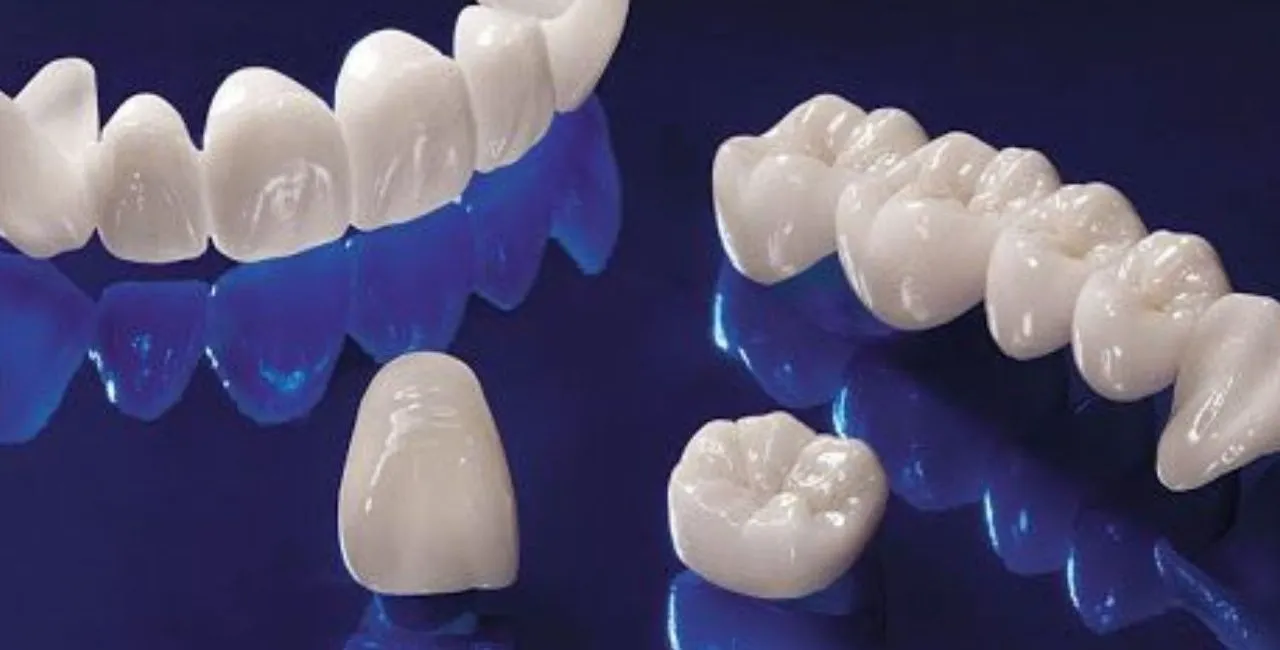

When it comes to restorative dentistry, crowns and bridges are two of the most common solutions for damaged or missing teeth. Both options aim to restore the appearance and functionality of teeth, but they serve different purposes and have distinct advantages.
If you’ve been wondering whether crowns or bridges feel more like natural teeth, this detailed comparison will help you understand the key differences and guide you in making an informed choice.
Before diving into the comparison, it’s essential to understand what crowns and bridges are and how they work.
A crown, often called a “cap,” is a prosthetic restoration that covers a damaged or decayed tooth. It restores the tooth’s shape, size, and strength while improving its appearance.
Crowns are made from various materials, such as:
A bridge is a dental restoration used to replace one or more missing teeth. It typically consists of artificial teeth (pontics) held in place by crowns on the adjacent natural teeth or implants.
The primary goal of any dental restoration is to replicate the natural feel and function of real teeth. Let’s compare crowns and bridges in this context.
Both crowns and bridges can be made from materials that closely resemble natural teeth, such as porcelain or zirconia. However, the seamless integration of crowns often gives them a slight edge in appearance.
Advantages:
Disadvantages:
Advantages:
Disadvantages:
The choice between crowns and bridges depends on your specific dental needs and the recommendations of your dentist.
At White Perfect Dental, we assess each patient’s unique situation to provide tailored recommendations. Our experienced team ensures that your restoration not only meets your functional needs but also enhances your smile’s aesthetics.
Bridges are typically more expensive than crowns due to the additional components and complexity involved. However, the exact cost varies based on the materials used and the dental clinic.
With proper care, both crowns and bridges can last 10-15 years or longer. Implant-supported bridges may last even longer.
Neither option is inherently better. Crowns are ideal for damaged teeth, while bridges are best for replacing missing teeth. The choice depends on your specific dental needs.
Yes, crowns and bridges can be replaced if they become worn, damaged, or if your dental structure changes over time.
Both options can feel natural, especially when made from high-quality materials and fitted by an experienced dentist.
Crowns and bridges are transformative dental solutions that restore not just your smile but also your confidence. Whether you need to repair a damaged tooth or replace missing ones, these restorations offer functionality and aesthetics that closely resemble natural teeth.
At White Perfect Dental, we are committed to delivering exceptional dental care, ensuring that every restoration feels as natural and comfortable as possible. Contact us today to schedule a consultation and explore the best solution for your dental needs.




Fissure sealant
Dental fillings
Root canal treatment
Tooth extraction
Wisdom tooth removal
Crowns & bridges
Branches & Operating Hours
Contact Information
Make an Appointment


Fissure sealant
Dental fillings
Root canal treatment
Tooth extraction
Wisdom tooth removal
Crowns & bridges
Branches & Operating Hours
Contact Information
Make an Appointment
Copyright © White Perfect Dental Surgery Sdn Bhd (Company No. 201001012274 (1000198-P)).
Website Managed by MYSense. All Rights Reserved.